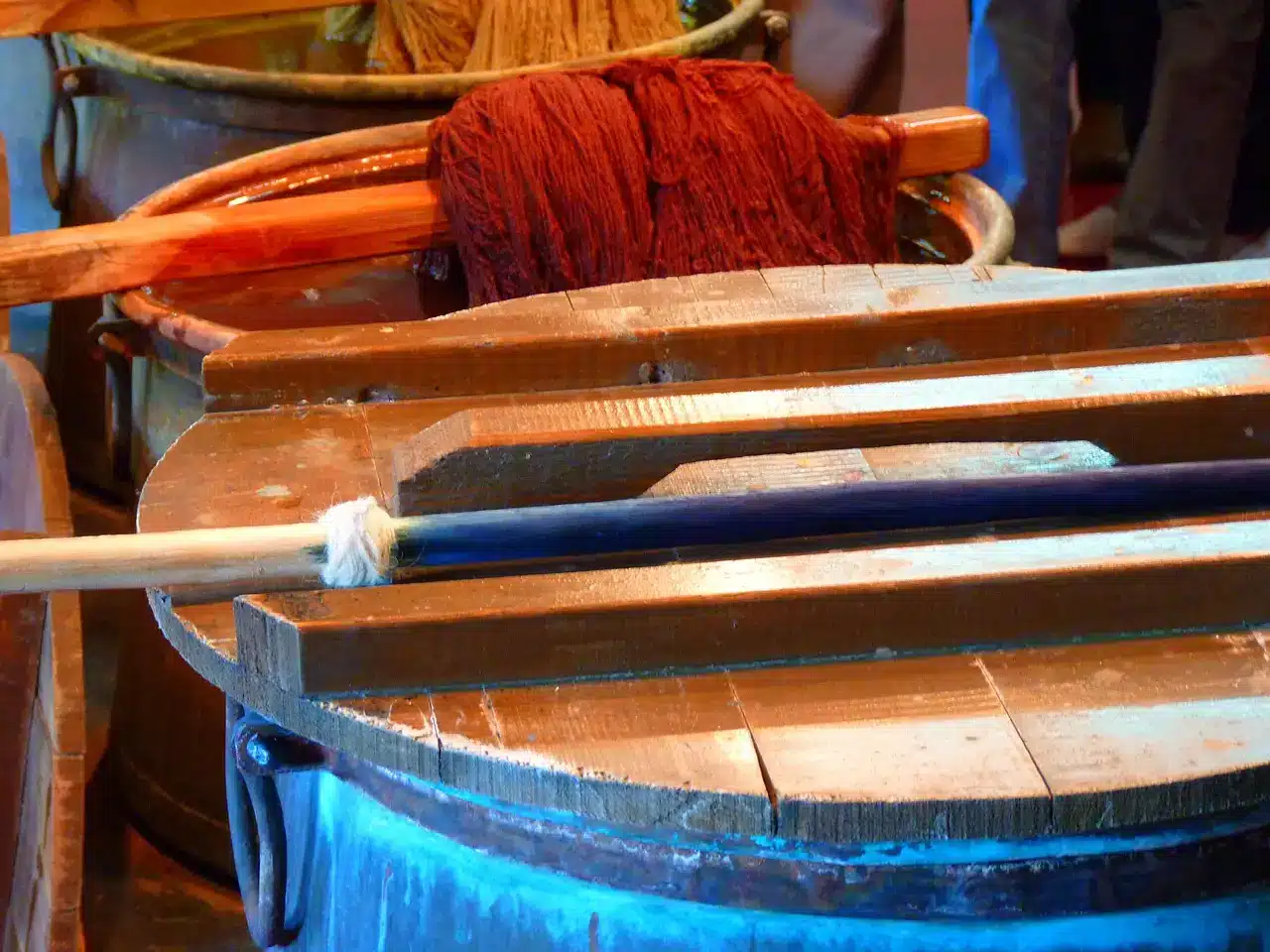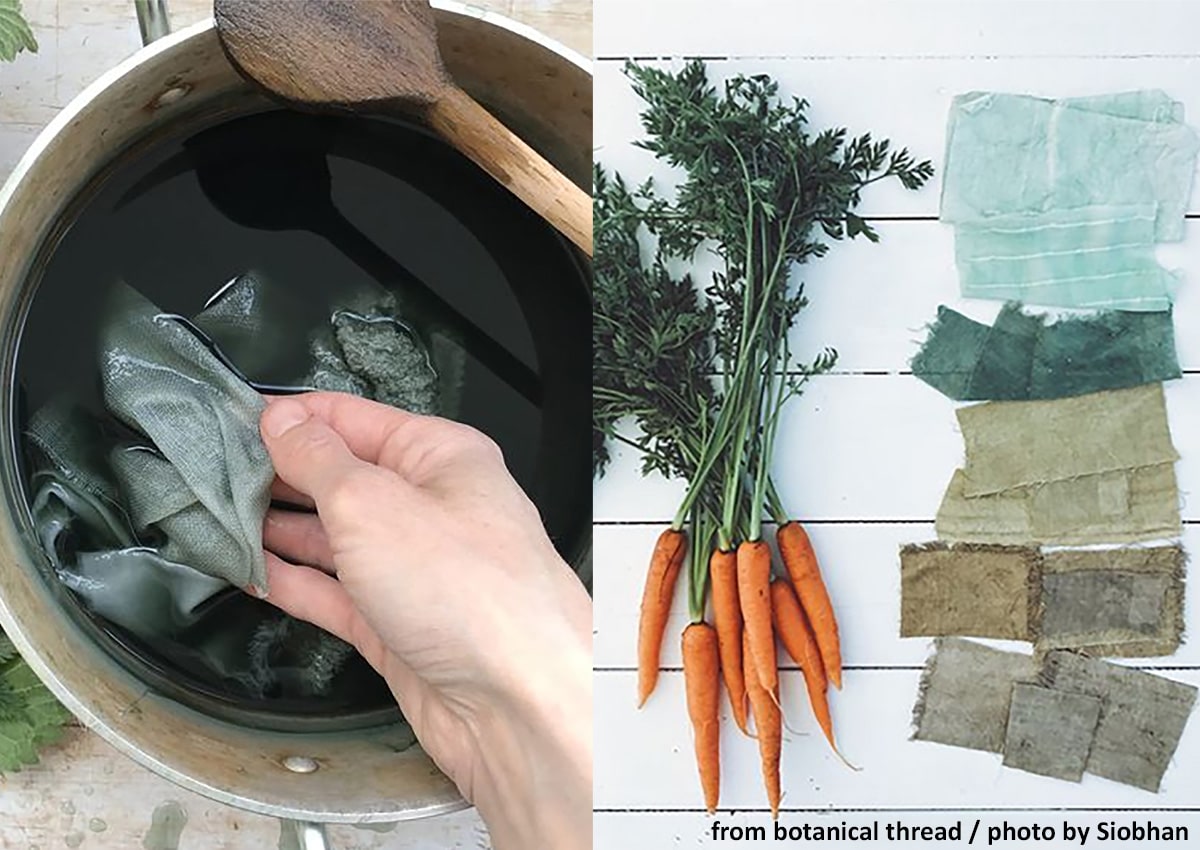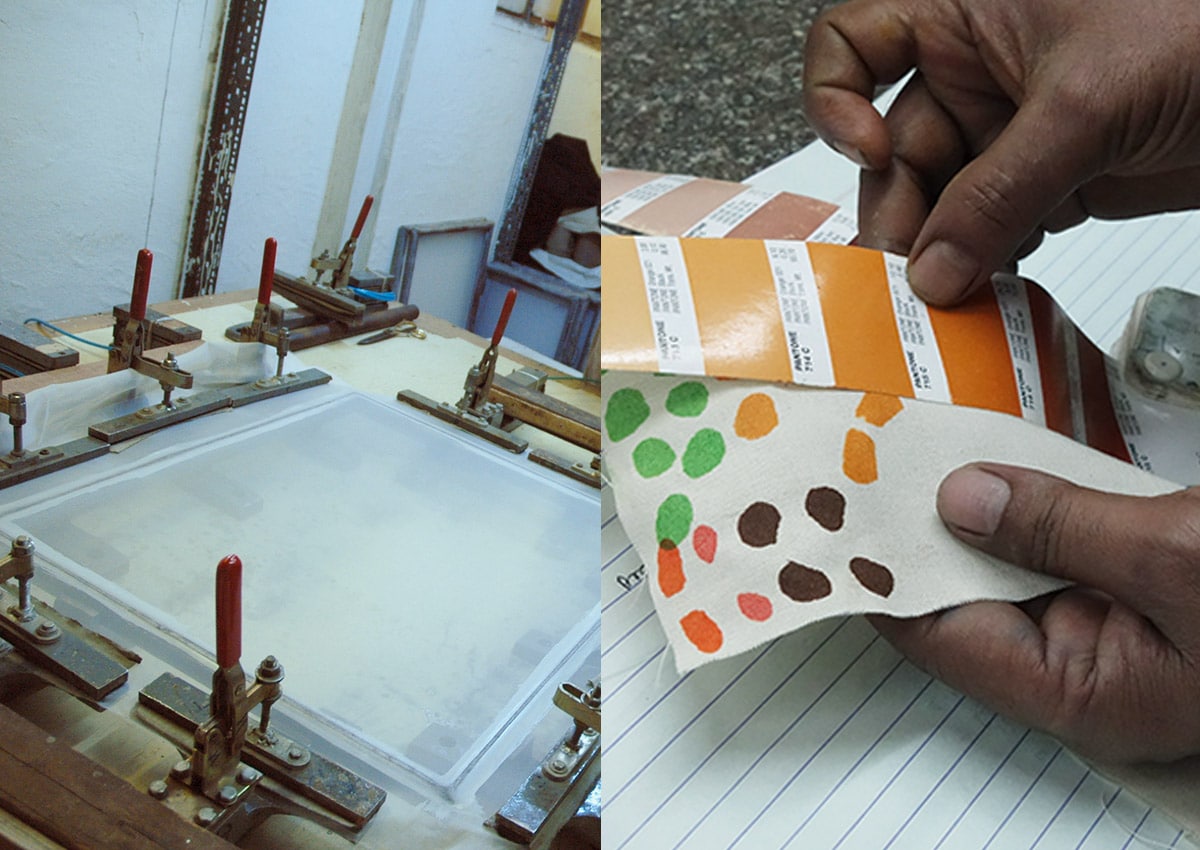Technical lexicon of clothing and sewing
Bias:
Strip of fabric cut in the diagonal and folded in its center. It is used to make finishes or to hide interior seams. It is flexible, and thus follows without problem the curves of a work.
Cellar:
Part of a U-shaped bag that includes the bottom and side gussets.
Carded cotton :
Cotton fabric made of short fibers, which is characterized by a matte and slightly rough appearance.
Combed cotton :
Cotton cloth combed to remove all residues of leaves and branches. Made of long fibers, it is smooth and soft to the touch.
Single/Double slide :
Single or double entry hem in which a cord is passed that can be tightened.
Arrow:
Median length between the top of a bag and the tip of the stretched handles.
Background:
Extra width created by adding a piece of fabric to the base of a bag or pouch.
Grammage :
Weight of a fabric. It is noted with the square meter (g/m2) or the linear meter (g/ml).
Piping:
A strip of fabric padded with a cord or string.
Piping has a decorative purpose and can be used to join two pieces of fabric.
Twill = Twill :
Weave used for weaving fabrics with fine oblique ribs.
Bellows:
Extra width created by adding a side piece of fabric to a bag or kit.
Triplication:
A piece of primed fabric inserted between the lining and the outside of a bag or pouch to make it more rigid.
Web = Strap :
Thick cotton weaving, often used in the handles for more solidity.
Technical glossary of printing and ornamentation
Print frame:
Frame that allows to print each color of a pattern. We create as many frames as colors to print. The frame technique allows you to make prints placed or all-over.
Printing placed :
Printing limited to a portion of textile surface. It is carried out before or after a confection.
All over printing:
Printing done on fabric by the meter before making up. The printing can be done with a frame or a cylinder (also called a rotating frame).
Digital printing :
Textile printing process in which we distinguish two techniques: digital printing (inkjet) and digital transfer (sublimation).
Flocking :
A printing technique that consists of applying flock (very fine hairs) to the fabric to obtain a pattern with a velvet look and feel. The fabric is first glued and then the flock is applied.
Foil:
Pattern made with a very thin layer of metallized material deposited by heat.
Lurex:
Metallic yarn used in weaving or knitting
Silk-screening :
Stencil printing technique, in successive layers of colors. A stencil is created for each color, with which ink is applied to certain parts of the fabric only.
Transfer :
Printing carried out on a "transfer" paper which is then transferred to the textile by means of a press.


